Guangzhou Sum Jee Wing Chun Academy
The Guangzhou Sum Jee Wing Chun Academy was established in 2002. Committed to promoting the authentic Guangzhou Wing Chun, with the mission of inheriting the martial arts culture of Master Sum Jee. In addition to Guangzhou and Hong Kong, it also has branches as far as Vancouver in Canada, New York in the US, and Sydney, Australia.
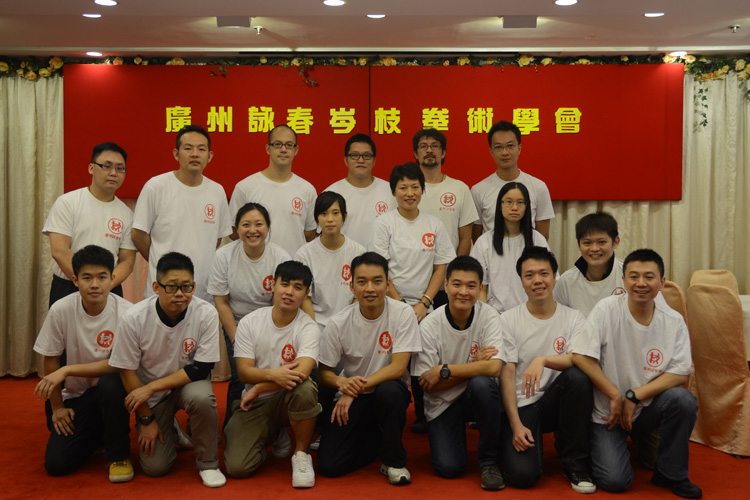
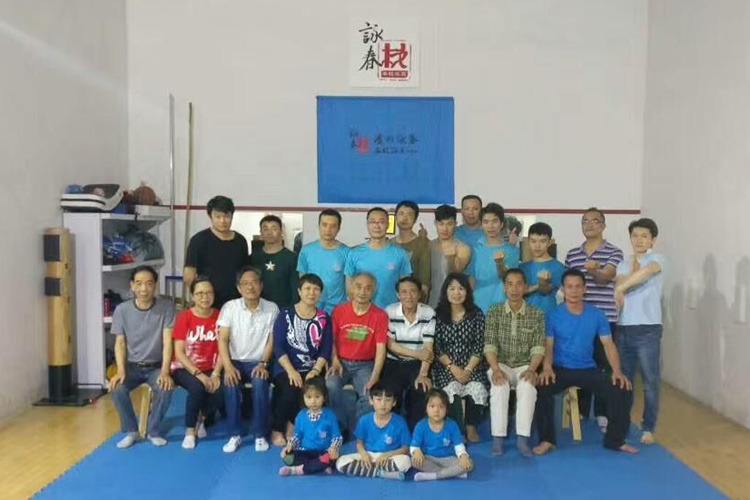


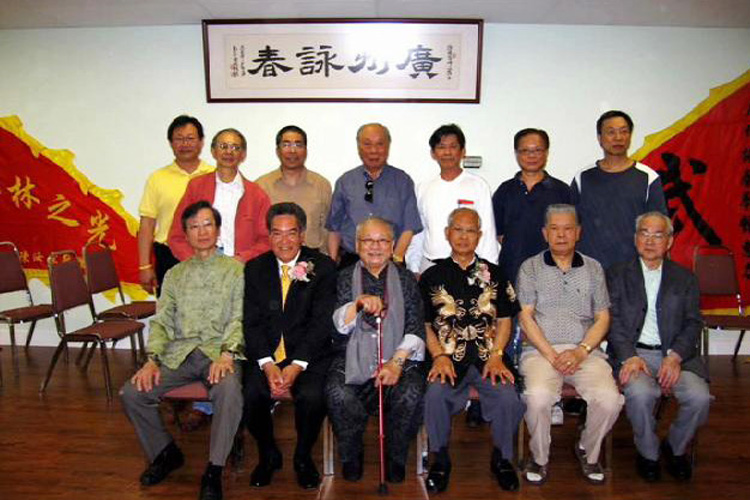

History of Guangzhou Wing Chun
Wing Chun was created by the famous Bhuddist Nun Ng Mui of the Fujian Putian Shaolin Temple. She later passed to Miu Shun, and from Miu Shun passed to Yim Yi. Yim then taught his daughter Yim Wing-Chun, who later taught her husband Leung Bok-To. Leung enjoyed Chinese opera, and met Wong Wa-Bo, Leung Yi-Tai, Luk Gum (commonly known as “Dai Fa Min Gum”, translated as "the Painted Face"), and Go Lo-Jung at the Red Boat Opera Group. Therefore, as a friendly gesture Leung passed the Wing Chun skills to these four, as well as another friend Fok Bo-Chuen. While Luk Gum taught the famous county constable Fung Siu-Ching; Fok passed his knowledge to Yuen Kay-San (in his later years, Fung also taught Yuen Kay-San as well). Sum Nung was originally under the tutelage of another master Cheung Bo. He was later recommended by Cheung to further his training under Yuen Kay-San. In 1948, Sum Nung left Foshan and was able to open a medical hall and a martial arts hall in Guangzhou. In 1989 he founded the “Guangzhou Wing Chun Association”, and was dubbed “the Father of Guangzhou Wing Chun”. His students are now located all over the world.
About Sum Jee
Sum Jee was Sum Nung's uncle, and the Sum Jee lineage is a major sublineage of the Sum Nung’s. In addition to teaching Wing Chun, Sum Jee also integrated his many years of Hung Kuen skills into a set of exercises in which it interacts with Wing Chun , so that the apprentices can experience how Wing Chun would interact with foreign boxing techniques.
Teaching Style
Guangzhou Sum Jee Wing Chun Academy upholds tradition, and everything starts with basic skills. After firmly establishing the roots, one then learns empty hand forms and progress to Chi Sao, gradually learning more advanced techniques. When the trainees reach a certain level, they can be formally inducted as disciples (after performing the apprenticeship ceremony) through the master’s review (personality/ discplinary review) to establish a formal teacher-apprentice relationship.
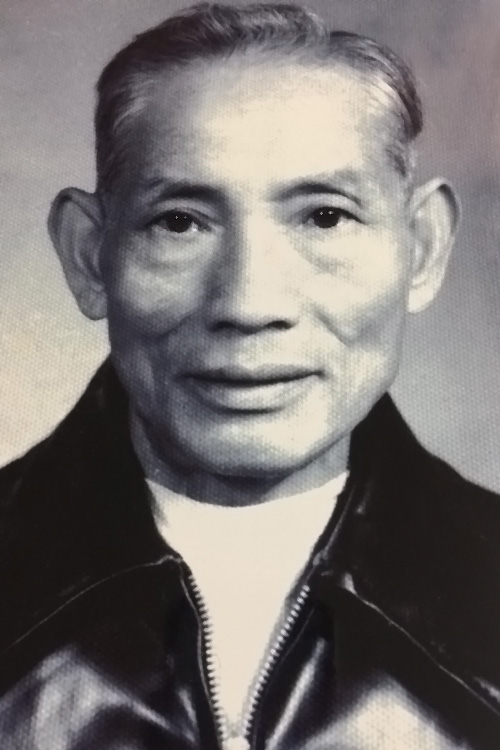
Characteristics of Guangzhou Wing Chun
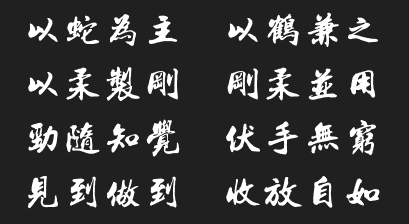
阮奇山所傳的詠春拳同樣有小念頭、沉橋、標指、木人樁法、六點半棍及二字拑陽刀等招式和套路,但其手法和勁力卻極具特色。例如在拳形上,阮奇山詠春有獨龍拳、偏身拳,以及拉馬箭拳等,與其他支流有着明顯分別。而最獨特之處在於勁力運用方面,阮奇山詠春強調要逐步將拳打松,令全身六個大主要關節(即踝、膝、腰、膊、肘、腕)都可以隨時開合,肌肉放鬆而拳頭到最後一刻才握緊,這樣才能夠讓拳快速有力,此為“鬆勁“。在手法上,廣州詠春亦有專為搏擊,從各套路及樁法中抽取精要而編制的“十二散式“。 廣州詠春拳理中,首要基本講求放鬆,不與對方鬥力。當整體放鬆,身手步才能更靈活巧妙,反擊的角度和落點才能更精准。獨有的知覺訓練,訓練學者感應對手橋手上力流變動而作出反應。有了黐手近身攻防的能力後,學習者才會進級去練習離橋搏擊。另外更有獨特方法針對出拳的穿透性,集中性,抓住對手的指力腕力,以及橋手尺寸與韌性的器具訓練。從各種基礎上培養功力。
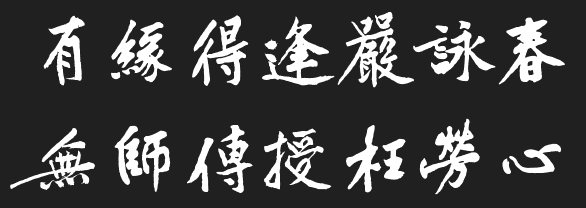
Curriculum
Stance training, Basic punches
三套路:小練頭、沉橋、標指。
Chi Sau (Sticking Hands)
木人椿
Weapons (Double Blades, Pole)
腎氣歸元
